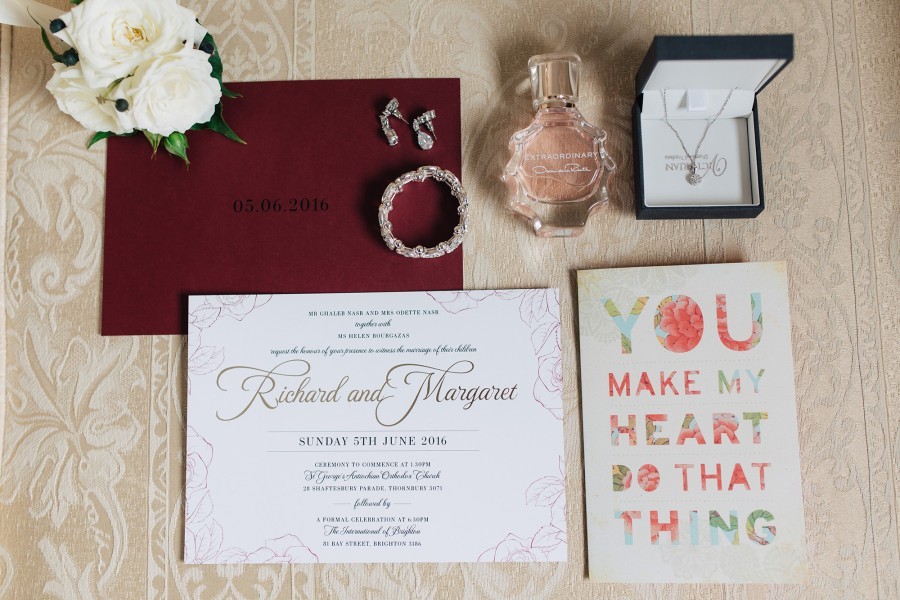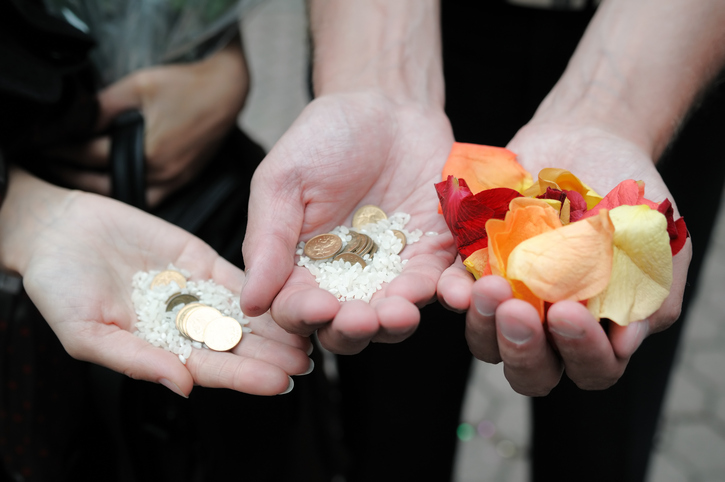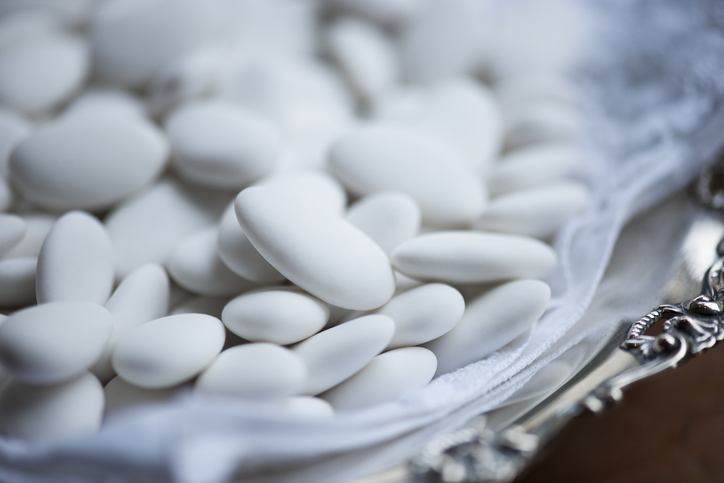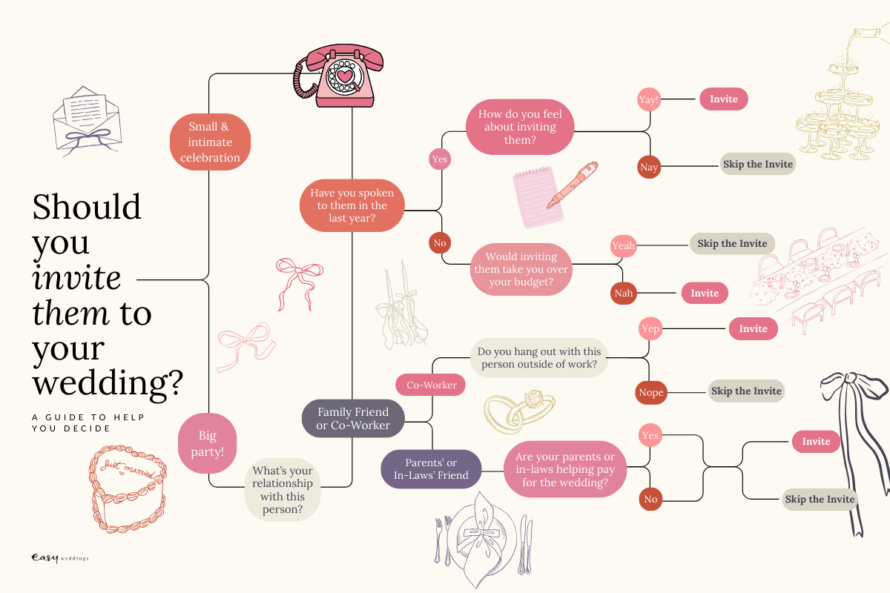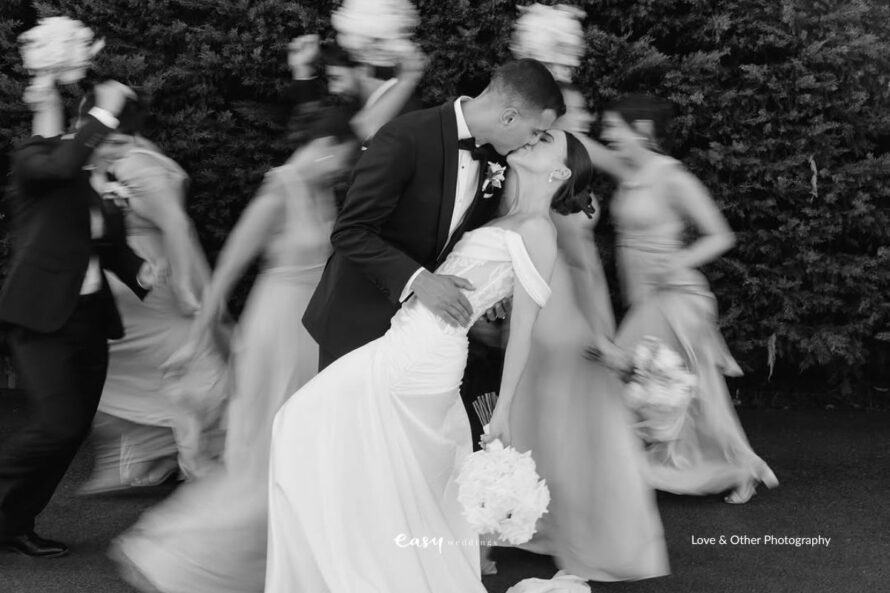There is something truly beautiful about the symbolic traditions used in Greek weddings. No, it is not all about giant guest lists and plate smashing! Here are some gorgeous Greek wedding traditions…
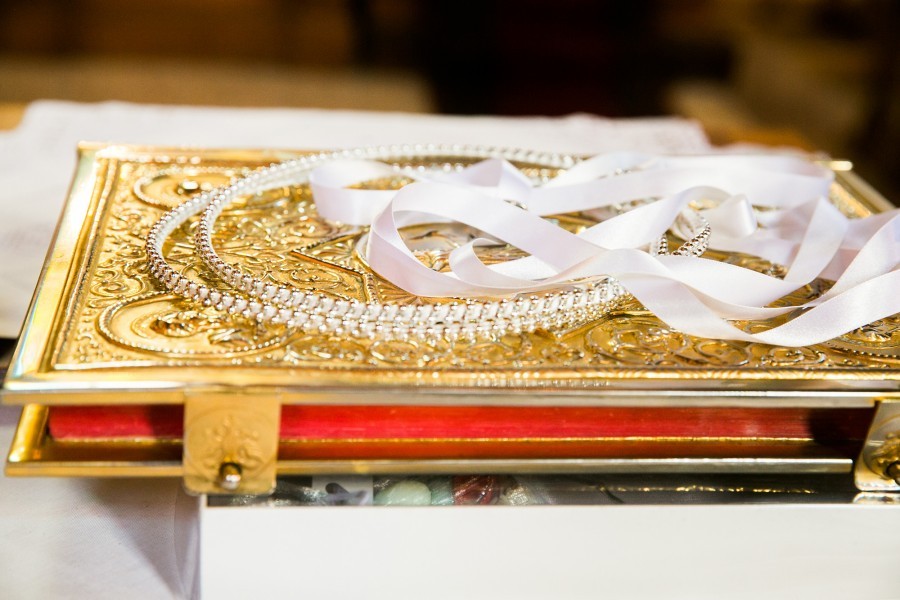
Before the wedding: Setting the date
When it comes to Greek Orthodox tradition, there are dates throughout the year that are considered good luck to marry in and others that should be avoided at all costs.
The months of January and June are considered good months for marriage due to links back to the ancient Greeks, where January was the month dedicated to the wife of Zeus and the goddess of marriage and fertility – Hera. June became a special month after the Romans translated Hera to Juno and dedicated the sixth month of the year to her.
Dates that should be avoided at all costs include:
- The first two weeks of August. These are devoted to the Virgin Mary
- Lent, the 40 days before Easter.
- August 29, which marks the death of Saint John the Baptist.
- September 14, which is the celebration of the Exaltation of the Holy Cross.
- Anytime in the 40 days leading up to Christmas.
Making the marital bed
While this could be considered an outdated tradition, some families still go through the ritual of making up the marital bed. This is far from a one-person job, with friends and family members coming into the soon-to-be-wed couple’s home to prepare their bed.
Money and rice are thrown into the bed to symbolise prosperity and putting down roots, and then a baby is rolled on the bed to bless it with fertility.
The superstitious believe the newlywed’s first baby will have the same sex as the baby who is chosen for this role.
Dressing the couple
The best man, or koumbaro, will shave the groom on the morning of the ceremony to signify trust before close friends step in to help to dress him.
In the ladies’ camp, the maid of honour, or koumbara, leads the friends to help to get the bride dressed and ready for the ceremony.
They write the names of all of the single ladies on the bottom of the bride’s shoes and tradition has it that the names that are worn off by the end of the reception will soon get married.
It is important to note that the koumbaro and koumbara will go on to become the godparents of the couple’s children.
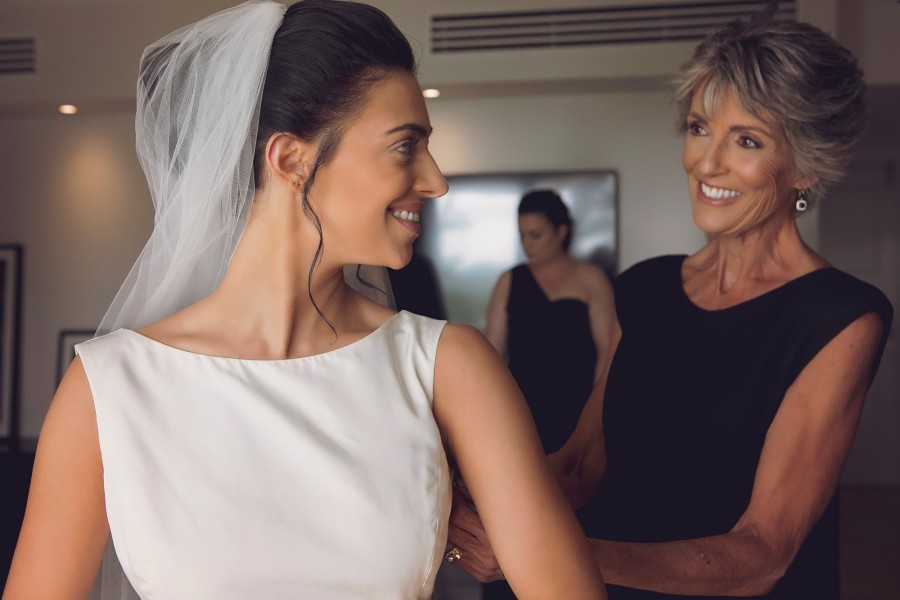
Symbols of good luck
If a bride is wearing gloves, placing a lump of sugar inside one of them is said to ensure a sweet life and adding a gold coin to the inside of her shoe will bring good financial fortune.
If the groom has a piece of iron in his pocket, this will ward off evil spirits throughout the day.
Odd numbers are also considered lucky in Greek culture as it cannot be divided. Couples aim to invite an odd number of guests and invite an odd number of attendants to stand beside them.
The number three is especially symbolic as it represents the holy trinity – the Father, Son, and Holy Ghost.
A tradition dating back to ancient times is to spit after offering congratulations or compliments to the couple. This doesn’t mean guests are covering the floor in saliva, it is now more ‘the act’ of spitting – simply making a ‘ptou’ sound. Due to the rule of threes, ‘spitting’ three times brings greater luck.
During the ceremony: Blessing the rings
At the start of the ceremony, the couple place the rings on the tips of their wedding fingers and the koumbaro will exchange them three times. The priest will then bless them three times.
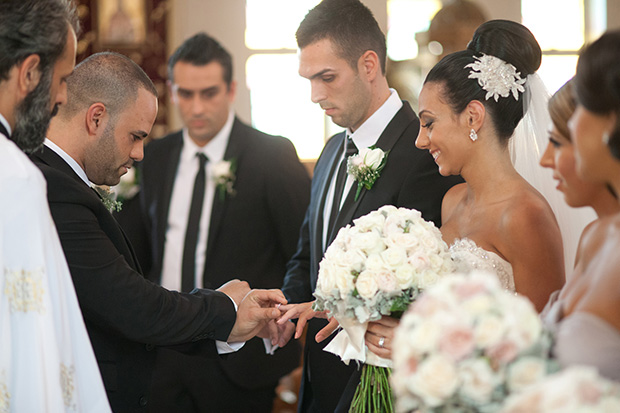
Candles and the common cup
The couple holds candles throughout the ceremony to represent the light of Christ. These candles can be left at the church to burn down or can be brought home and used over the years, but they must always be completely used and never thrown away.
The couple also shares what is known as a common cup, and take three sips of wine each from the cup. The sharing is representative of how a marriage will work for the rest of their lives.
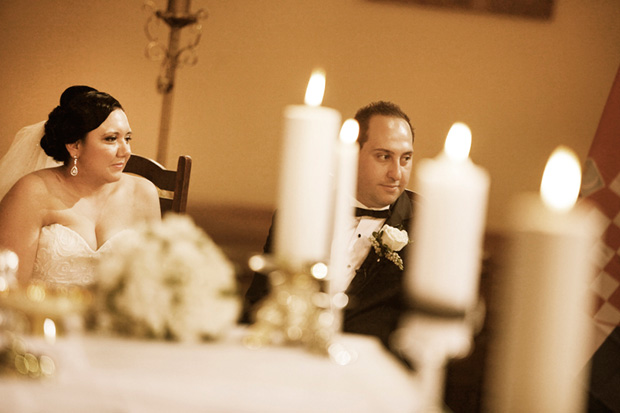
The readings
There are two traditional readings that feature in Greek Orthodox weddings. The Epistle of St. Paul to the Ephesians, which highlights the joining of two people is the first and the Gospel According to St. John is the second. This is where the miracle of turning water into wine was recounted and the reading ties in with the couple sipping from the common cup.

Wedding crowns
One of the most recognisable traditions of a Greek wedding are the marital crowns or stefana. These are two beautiful pieces made from flowers, foliage or even precious metals, and joined together by a strand of ribbon.
They symbolise the union of two people into a single couple. The crows are swapped back and forth by the koumbaro three times and the couple wear them as they walk around the altar three times to represent their journey through life together.
The priest will bless the couple before removing the crowns, and no vows are exchanged by the couple.
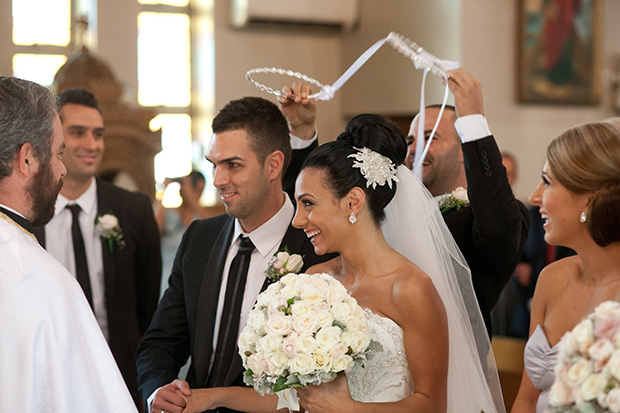
At the reception: get your dance on
As many of you already know, dancing is a major component of a wedding reception and there are a number of traditional Greek dances that are enjoyed, from the Tsamiko to the Zeibekiko and the Sirtaki, where guests hold hands and dance in a circle.
There may be others that are linked to particular families or originate from specific parts of Greece. The newlyweds traditionally share the last dance of the night and guests can throw money at them, or pin money to their clothes.
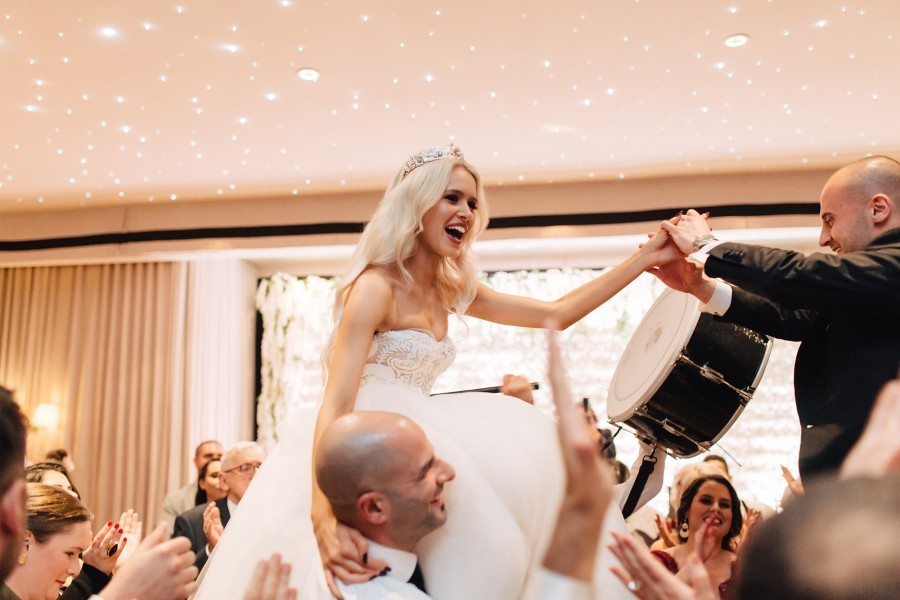
Smashing plates
Hollywood would have you believe this happens at every single Greek wedding and while that may have been true for a time in history, it is no longer the case as it has been deemed to be dangerous.
Bittersweet bomboniere
Koufeta (sugar-coated almonds) are given to guests right after the wedding ceremony. An odd number are given to each guest and they symbolise purity, fertility and the endurance of marriage.
